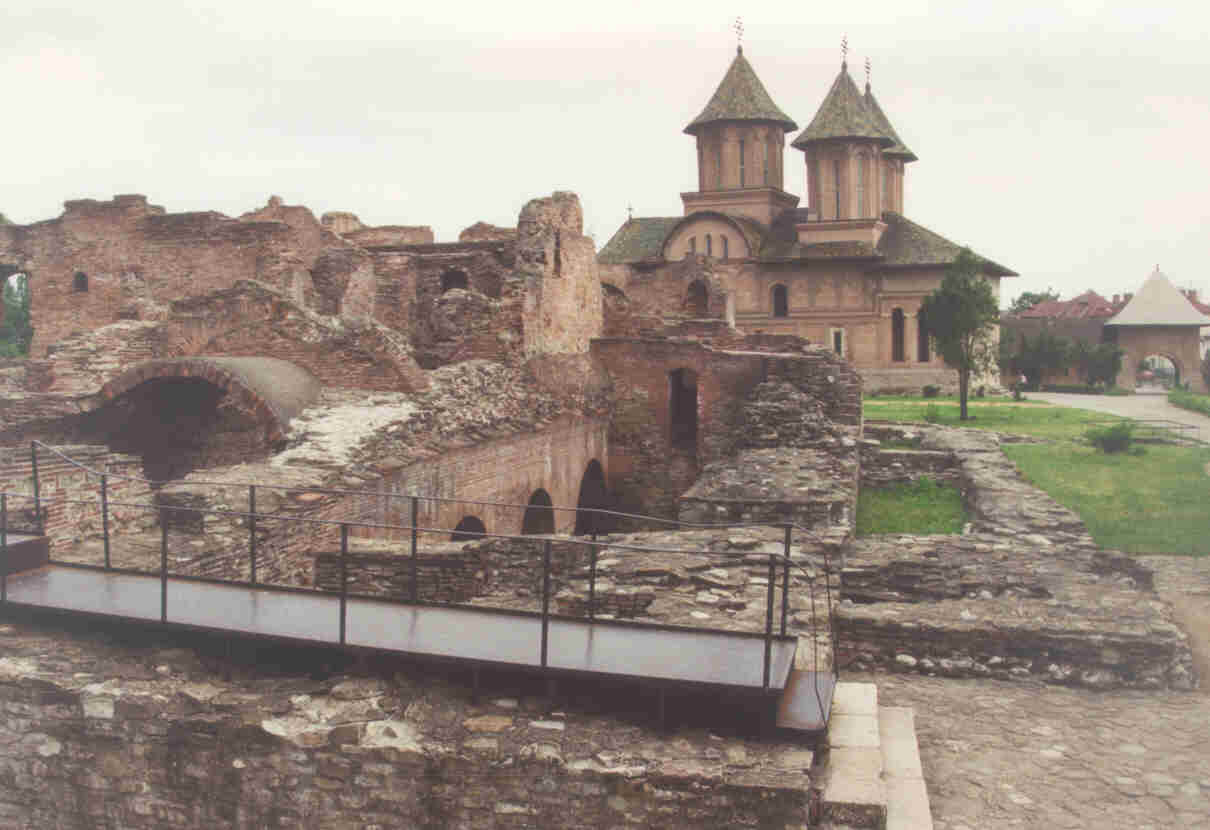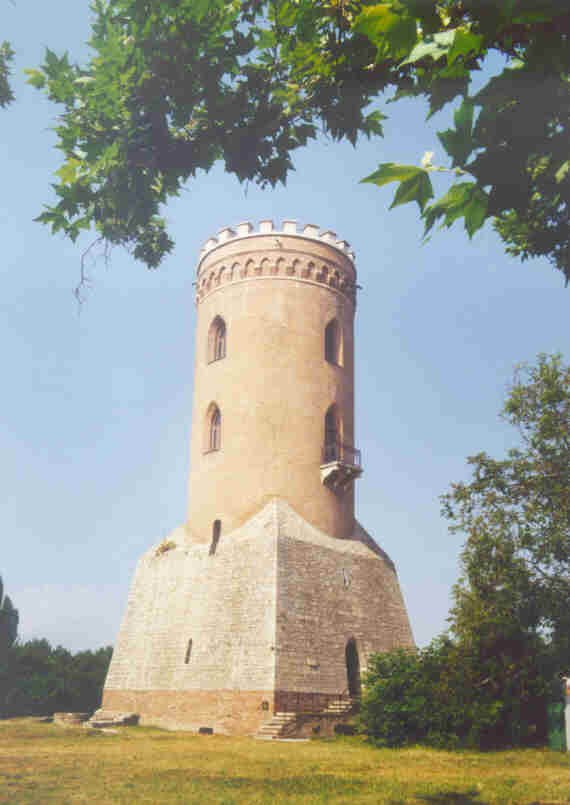The archeological diggings made on the territory and surroundings of the town, proved that this area was inhabited as early as the neolithic. The Museum of Archeology treasures vestiges of the cultures from those times and subsequently from the Bronze and Iron Ages. Richly illustrated in the museum are Geto-Dacian ornaments and tools from the times of Burebista and Decebal, kings of Dacia, and also from the Byzantine period.
 The town was first mentioned in 1396, by the Bavarian crusader Johann Schiltberger. The first official deed, from 1406, written on paper, belongs to Mircea the 1-st Basarab, voivode of Wallachia (known as Mircea the Old), who was a great diplomat and opposed firm resistance to the Ottoman Empire, with resounding victories, for three decades.
The first trade regulation, made by the ruling-prince Dan II, which established the custom relations of the local townsmen with other merchants, dates back to 1424.
The town was first mentioned in 1396, by the Bavarian crusader Johann Schiltberger. The first official deed, from 1406, written on paper, belongs to Mircea the 1-st Basarab, voivode of Wallachia (known as Mircea the Old), who was a great diplomat and opposed firm resistance to the Ottoman Empire, with resounding victories, for three decades.
The first trade regulation, made by the ruling-prince Dan II, which established the custom relations of the local townsmen with other merchants, dates back to 1424.
Vlad the Impaler ascended the throne in 1456, with the support of his friends Mathias Corvinus and Stephen the Great and was recorded by history, for his victory from 1462 over sultan Mehmet II, the conqueror of Constantinopole. Beginning from 1499, the ruling-prince Radu the Great rebuilt the Dealu Monastery.
In 1600, Michael the Brave succeeded in achieving the first Union of the Romanian Principalities: Wallachia, Moldavia and Transylvania. His prestige as a champion of Christendom was recognized throughout Europe.
 Matei Basarab (1632-1654) was a great patron of culture. He consolidated the city fortifications, repaired the old churches and built many new ones.
Constantin Brancoveanu secured, for a quarter of a century (1688-1714) the country’s stability and died as a martyr, refusing to betray his faith.
Matei Basarab (1632-1654) was a great patron of culture. He consolidated the city fortifications, repaired the old churches and built many new ones.
Constantin Brancoveanu secured, for a quarter of a century (1688-1714) the country’s stability and died as a martyr, refusing to betray his faith.There followed a century of the Phanariot ruling-princes. The old capital city was actually abandoned. Tudor Vladimirescu’s uprising of 1821, after coming out brilliantly victorious in Bucharest, restoring local reigns on the country’s throne, came to a tragic end in Targoviste. Tudor and many of his soldiers were massacrated by the Hetaeria troops, in front of the present Metropolitan Church, where a stone cross was erected in their memory.
The inhabitants of Targoviste participated actively in the Romanian revolution of 1848 and supported all the political acts of the Union.
The modernisation of Romanian society, during the 19-th century, brought a strong economic upsurge, illustrated by the public lighting of the city in 1863, the inauguration of the regular stage-coach and subsequently of the Bucharest-Targoviste railway, the setting-up of the first industrial enterprize - the Arsenal of the Army, the building of oil-distilleries.
Targoviste gave a heavy toll of blood in all the great battles of the nation: the Independence war of 1877-1878, the World War I and II.
Half a century of communist dictatorship brought about oppression in the political, social and cultural life. After December 1989, a new Constitution of the country placed the politcal life back on a democratic course.